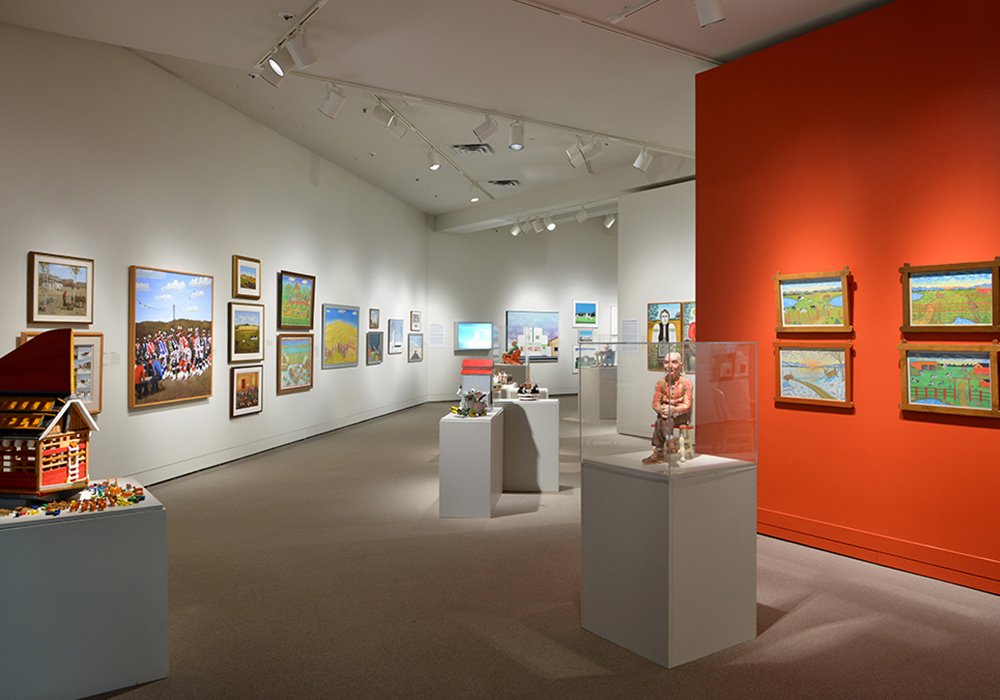Peachland, British Columbia is a small hillside community incorporated in 1909 on picturesque Okanagan Lake in the lush British Columbia interior. Despite a hillside watershed and proximity to a lake, securing water in Peachland is a challenge in a surprisingly dry climate created by the height of surrounding high mountains.
This exhibit, A Century of Life by Water explores the interplay between water and technology that has always shaped the choices people in this community make for travel, for work and for recreation.
Lake Okanagan’s era of steamship travel, for instance, was launched with the completion of the Canadian Pacific Railway across Canada. When the national railway built a branch line to the Lake in the late 1800s, large steam powered sternwheelers made passage over the long deep lake safer and more efficient for people and goods.
The chief water source for all agricultural, industrial and residential water in Peachland is the melting snow pack that feeds the creeks and streams as it slides down the forested hillsides. While other communities rely heavily on intake from the lake, Peachland’s hillside orchards are totally dependent upon man-made irrigation systems drawing from the hillside watershed. Climate change is bringing warmer and longer summers and the snowpack is melting earlier, leading to longer dry-stream periods.
As in the rest of the Okanagan Valley, residential development in Peachland is placing great demands upon land use and water resources, challenging the capacity of the century old water system to provide secure water.
Visitors to this exhibit will appreciate that a century of living by water has endowed Peachland with a rich heritage of stories, lessons that can deepen our appreciation of the life-sustaining role of water in the story of human development.


